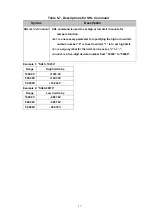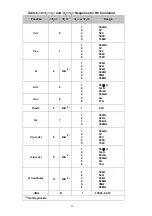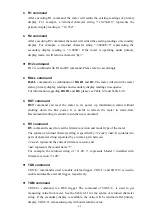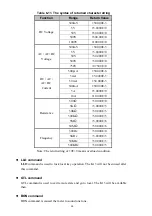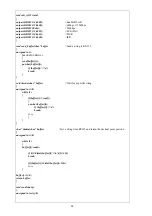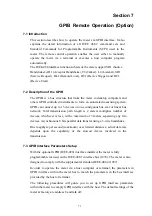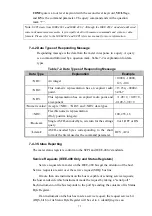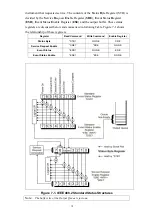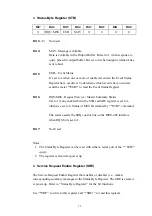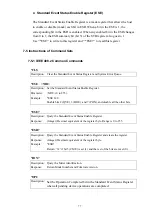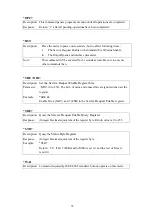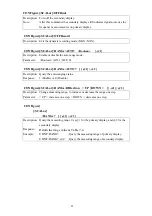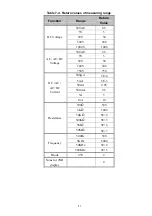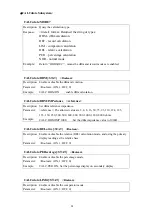
71
Section 7
GPIB Remote Operation (Option)
7-1 Introduction
This section describes how to operate the meter via GPIB interface. It also
explains the detail information of all IEEE 488.2 command sets and
Standard Commands for Programmable Instruments (SCPI) used in the
meter. The remote control operation enables the user either to manually
operate the meter via a terminal or executes a host computer program
automatically.
The IEEE-488 interface function subsets of the meter support SH1 (Source
Handshake), AH1 (Acceptor Handshake), T5 (Talker), L4 (Listener), SR1
(Service Request), RL1 (Remote/Local), DT1 (Device Trigger) and DC1
(Device Clear).
7-2 Description of the GPIB
The GPIB is a bus structure that links the meter to desktop computers and
others GPIB controlled instruments to form an automated measuring system.
GPIB can connect up to 15 devices on one contiguous bus, star or linear bus
network. Total transmission path length is 2 meters multiplies number of
devices, whichever is less, with a maximum of 3 meters separating any two
devices. Asynchronous 8 bits parallel data transfer using a 3-wire handshake.
One megabyte per second (maximum) over limited distances; actual data rate
depends upon the capability of the slowest device involved in the
transmission.
7-3 GPIB Interface Parameters Setup
With the optional GPIB (IEEE-488) interface installed, the meter is fully
programmable for used on the IEEE-488.1 interface bus (1978). The meter is also
designed to comply with the supplemental standard IEEE-488.2 (1987).
In order to operate the meter via a host computer or terminal, the parameters in
GPIB interface within the meter has to match the parameters in the bus interface
provided by the host or terminal.
The following procedures will guide you to set up GPIB interface parameters
within the meter to comply GPIB interface with the host. The default settings of the
meter at factory are address 8 and talk off.

